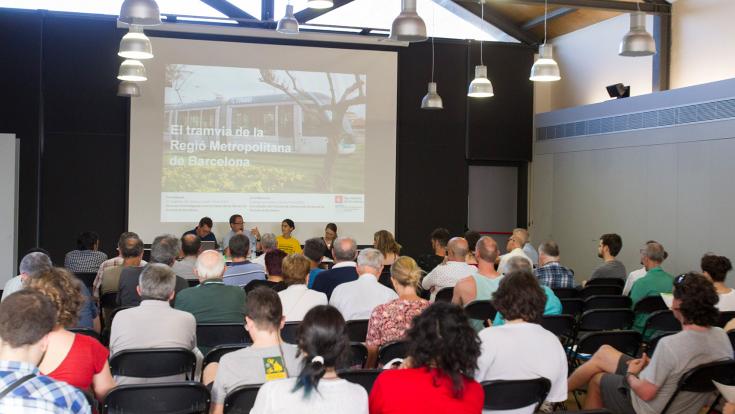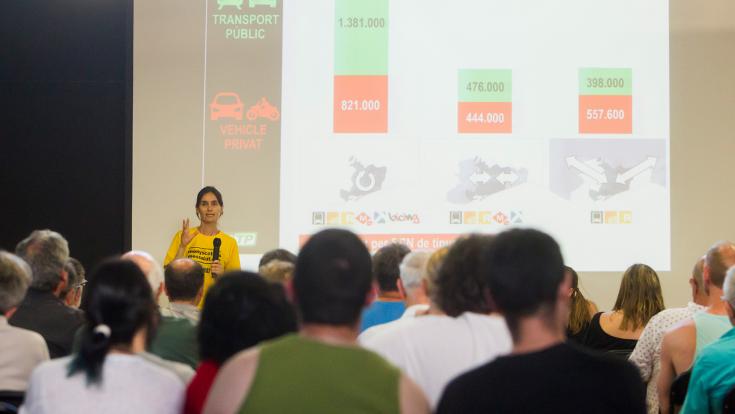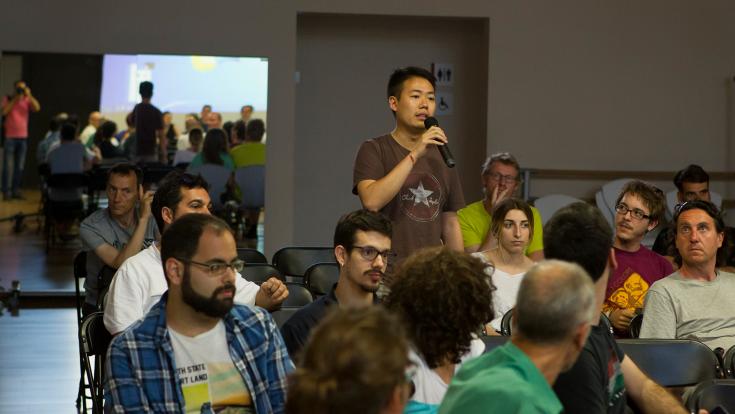Besides taking on board the results of the previous participatory process in defining this project, ultimately implemented in the section between Pg de Gràcia and Pl de Francesc Macià, that project was accompanied by a new process which worked on and debated the new proposal with the players involved in the city (who had participated in the previous process) as well as with the residents of the area around the project, between Pl de Francesc Macià and Pg de Gràcia.
Why an active listening process?
Finally, during the current term of office, 2015-2019, the city government has revived the project of linking up the existing tramway networks while respecting the structural elements introduced by the urban development already carried out.
To find out the point of view of the city's residents on this project, an active listening process has been set up during this term of office to support the development of the project to connect the tramway networks.
The aims of this project are to share the main criteria that make up the municipal proposal for connecting the networks with the players involved in the project, as well as to find out their point of view, before and during the entire technical process, clearly showing the municipal intention to listen to all the parties connected with the project.






